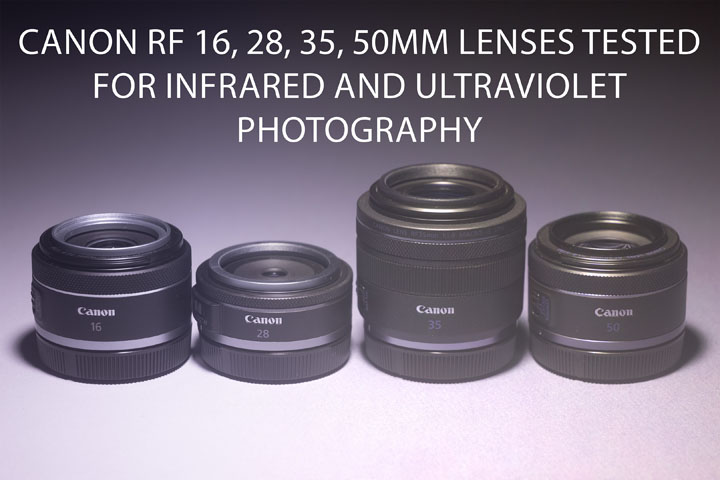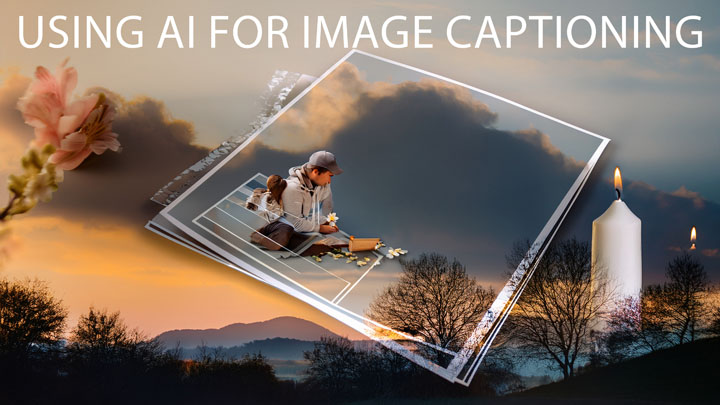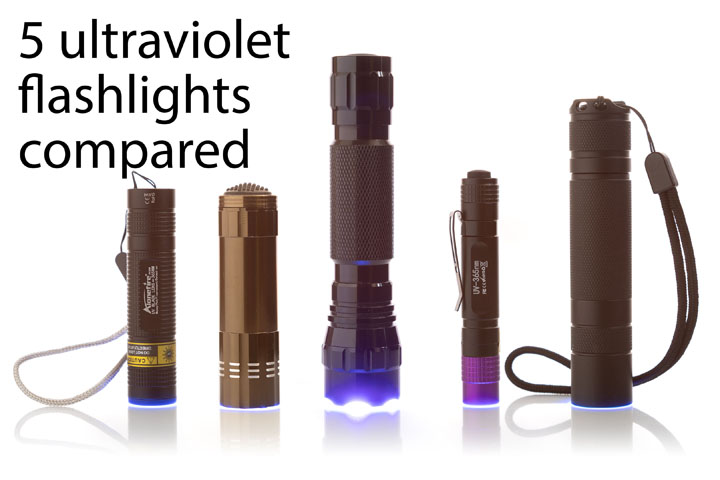In this post I'll be looking at the Canon RF mount 16mm f/2.8, 28mm f/2.8, 35mm f/1.8 IS macro, and 50mm f/1.8 lenses and seeing how they perform for infrared and ultraviolet photography.
Read the rest of this entry »Canon RF 16, 28, 35, 50mm lenses tested for Infrared and Ultraviolet photography
November 14th, 2025PTFE White balance targets for Ultraviolet Photography
September 5th, 2025PTFE makes for a good white balance target as it is neutral in ultraviolet, visible, and infrared light. In this post I'm going to be looking at how the thickness of the PTFE and the choice of backing material behind thin PTFE affects the result in UV. Can we use a cheap thin piece of PTFE with some other material behind it to create a suitable white balance target, or do we need to use a more expensive thicker piece of PTFE?
Read the rest of this entry »Using AI for Image Captioning
July 8th, 2025One of the things I find that takes quite a long time is writing captions for my images. So I decided to see if AI could be used to do this for me. (Short answer is no).
(Above image was AI generated in Photoshop using the prompt An AI writing a caption for a photo
).
5 ultraviolet flashlights compared
June 5th, 2025Recently I purchased a couple of cheap 365nm flashlights (or torches as we call them here in the UK) from AliExpress. I was rather dubious as to how well they'd work, but they were cheap enough it wouldn't be a big loss if they turned out to be useless. I was also encouraged by them selling both 365nm and 390nm versions - surely they wouldn't both actually be visible light, as otherwise why would they offer the two versions?
Read the rest of this entry »



